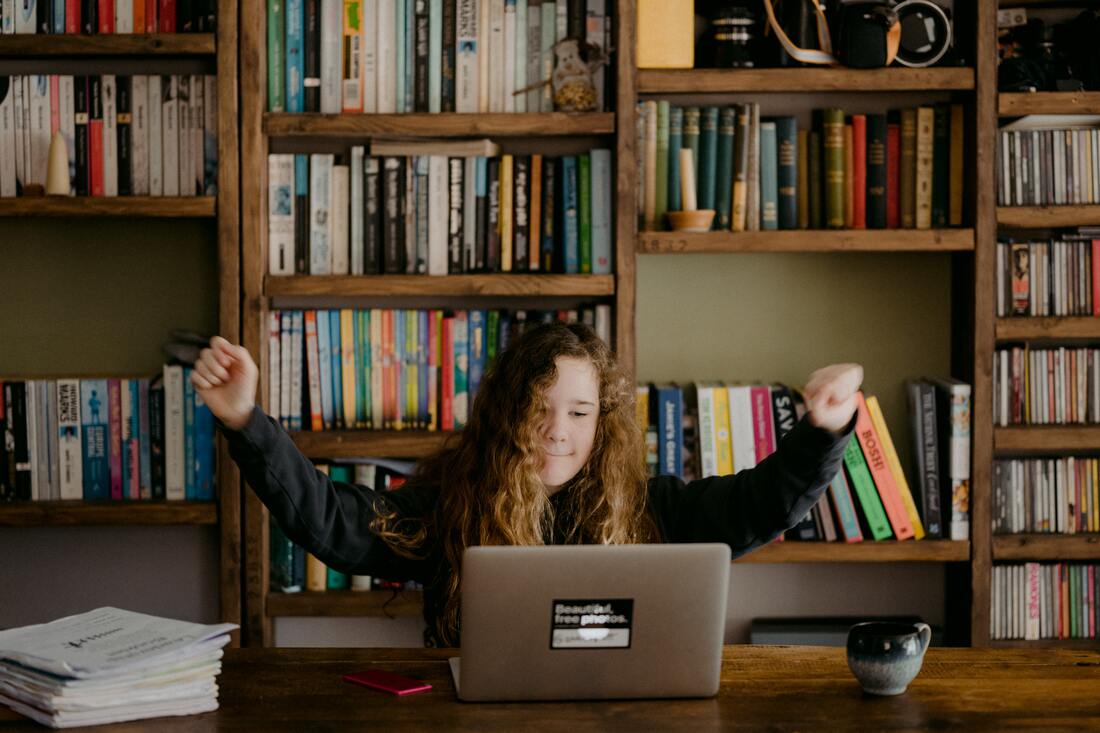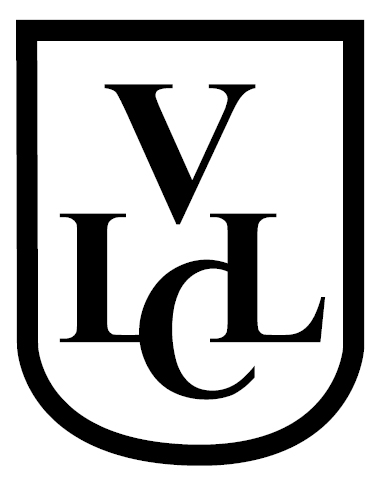1. Executive Function. Psychologists have tested for the differences between monolingual and bilingual people in completing activities related to executive function. It has consistently been shown that bilingual individuals are able to multitask with ease, switching between tasks more fluidly and efficiently. Their attention is stronger, with bilinguals even being able to focus on particular voices or sounds within noisy environments with much more ease than monolinguals. Concentration and response times are boosted by the bilingual brain.
2. Cognitive fitness. Speaking more than one language has been shown to slow the cognitive decline that comes with aging. Using diffusion tensor imaging, scientists have shown that the brains of older bilingual people have more white matter of a higher quality than their monolingual counterparts.
3. Learning. As a result of the improved executive function and sensory processing of bilingual brains, learning a second language boosts the individual’s ability to learn in general. The bilingual person is likely to process information more efficiently and integrate with existing knowledge more effectively. Once you learn one language, learning the next one is significantly more straightforward.
References
Wichmann, A 2022, ‘How Being Bilingual Affects Your Brain’, Greek Reporter, 28 July.
Marion, V & Shook, A 2012, ‘The Cognitive Benefits of Being Bilingual’, Dana Foundation, 31 October.






 RSS Feed
RSS Feed

